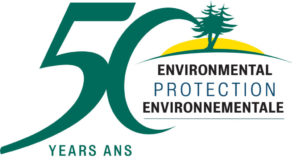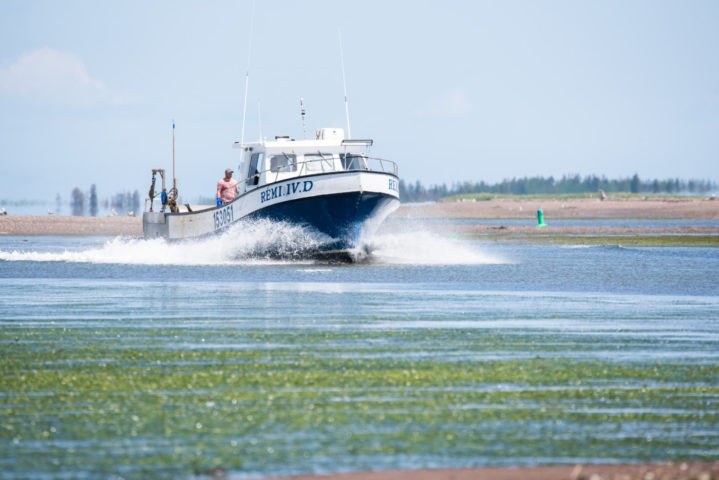From Baie des Chaleurs to Cap Tourmentin, there are no shortage of local efforts to grow the coastal economy while protecting our critical marine environment. By supporting more projects like these, we will be more resilient in the face of world pandemics and environmental crises down the road.
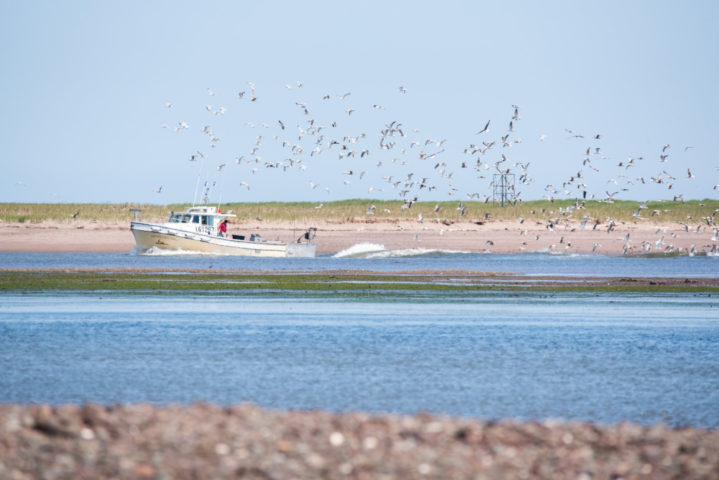
At the Sustainable Blue Economy Conference in Kenya in November 2018, Prime Minister Justin Trudeau made the following declaration: “A blue economy is about harnessing the potential of our oceans, seas, lakes, and rivers – resources that Canada is privileged to have in abundance – to make life better for all, particularly women, young people, Indigenous peoples, and people living in developing countries. It means tapping into the latest innovations, scientific advances, and best practices while building prosperity and conserving our waters for future generations. Building a sustainable ocean economy is a global challenge and one we have to face together. With our partners, Canada is determined to do our part.”
Today, as we are living through the COVID-19 pandemic, we want to reflect on the place and definition of the blue economy in Economic Recovery Plans.
This economy is the one that links us to marine ecosystems, whether through fishing activities, processing of seafood products, aquaculture, maritime transport, tourism, and not to overlook the conservation of our marine environments.
All of these sectors are affected by the pandemic, and their dependence on world markets has hampered their ability to operate normally. Like a magnifying glass, this crisis has driven home to us just how precarious the blue economy is and how the issue of health is closely related to our environment and our communities.
Add your voice to our call for a #BetterThanNormal economic recovery that supports a sustainable blue economy! Read our open letter to Premier Higgs here — then, join the hundreds of New Brunswickers who have signed on!
For example, to illustrate the importance of the blue economy to New Brunswick, the commercial fishing sector alone produces economic benefits totalling $546M annually (Government of New Brunswick, 2010). On a broader scale, the New Brunswick ocean sector generates $1.1 billion in direct and indirect gross domestic product (GDP), 25,500 full-time equivalent jobs and $950 million in earned income (Government of Canada and Government of New Brunswick, 2010). In fact, one job in fourteen in New Brunswick depends either directly or indirectly on oceans.
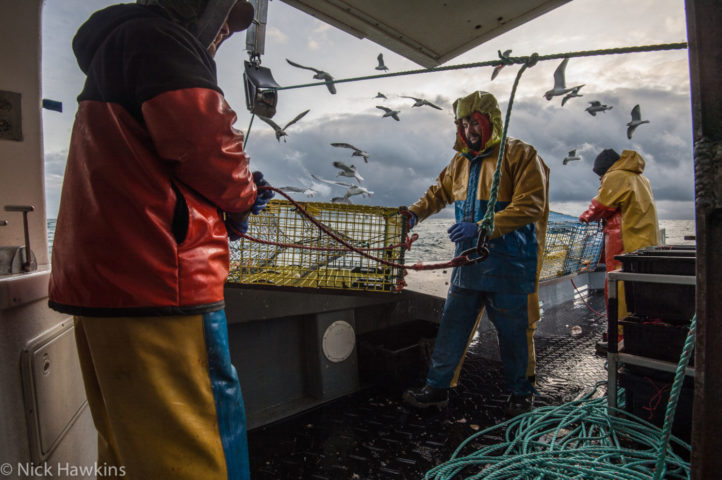
Furthermore, Oceans North recently published a survey prior to the pandemic, indicating that 99% of citizens in Atlantic Canada recognize the importance of the blue economy to their region, while being steadfast in their support of increased marine protection (63% of respondents).
Today, these concerns are even greater with the lack of export markets for seafood products to the United States, Asia and Europe. Numerous families are directly affected by more limited revenues. At the same time, the families of temporary foreign workers have been taken hostage by precautionary measures to limit the spread of the virus. They are very important actors in the seafood processing sector (between 35% and 45% of labour) and ensure that it remains viable. This crisis is also a test for the new Fisheries Act, since its major principles must serve as a basis for Economic Recovery Plans to uphold local benefits and avoid private interests making off with this wealth.
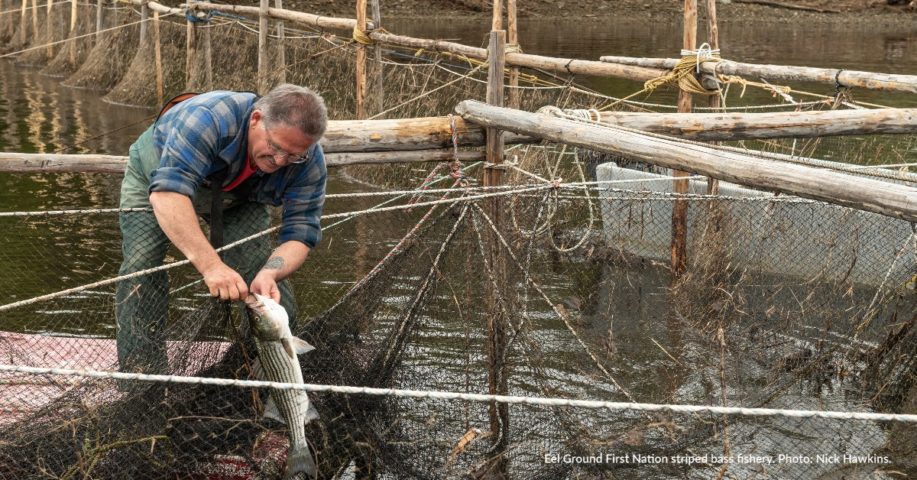
Emphasizing the consumption of local products from the sea to the plate is one option that could strengthen the resilience of these industries. This said, it would be best to record them in a sustainable certification process with clear traceability to further enhance these products. They must be sufficiently diversified and processed locally at an affordable price to be consumed year-round. Fishing in New Brunswick is largely made up of two major crustaceans – lobster and crab – which combined account for 42% of total landings (Government of New Brunswick, 2017). The Atlantic herring alone makes up close to 30% of landings, but their stocks are in very critical condition and forecast to decline by 2025.
Climate change further exacerbates this particularly fragile situation. This is reflected by a thinner ice cover, rising sea temperatures, changes in marine currents, more frequent storms and rising sea level.
The rising levels of atmospheric CO2, one of the main contributors to these climate changes, also plays an important role in the change in ocean chemistry. The excessive production of carbon (the “C” in CO2) pollution is absorbed by the oceans where it reacts on contact with the water to form carbonic acid (H2CO3), an unstable acid. Excessive levels of H2CO3 make water more acidic and decrease the amount of calcium carbonate. This reduction of calcium carbonate, which is an important component of the carapace, shell and skeleton of numerous marine organisms (plankton, mollusks, crustaceans and coral), will make them more fragile throughout their growth cycle.
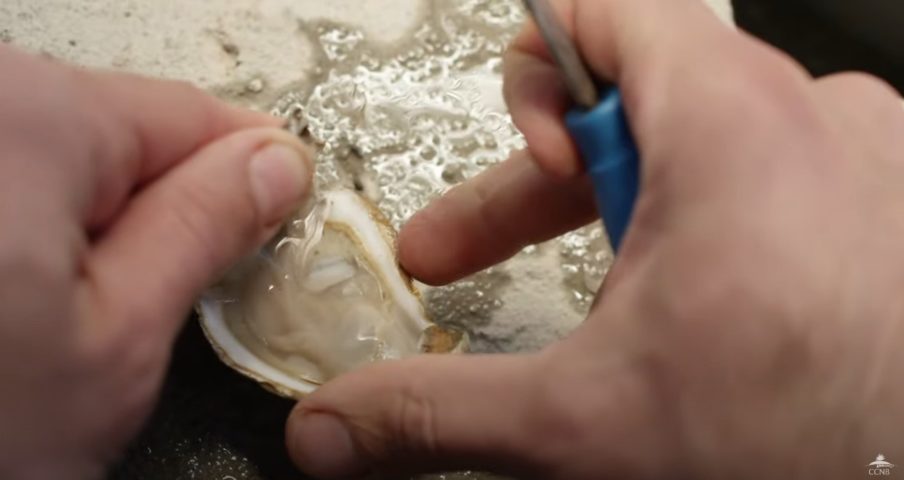
As the third largest producer of carbon pollution, trailing only Alberta and Saskatchewan, New Brunswick must understand the relationship between our activities, which have an unprecedented impact on marine biodiversity, ecosystems and the blue economy we depend on (GIEC, 2019).
While the ocean has enabled us to prosper and is today under greater threat than ever, major efforts must be made to reduce emissions and to conserve and restore marine ecosystems to have a sustainable, resilient and equitable economy. We must support the efforts of researchers, small environmental NGOs, citizens and leaders who are pressing the government to lower its emissions by 45% by 2030.
From Baie des Chaleurs to Cap Tourmentin, there is no shortage of examples. We think about fishers who are members of the Lamèque renewable energy cooperation, oyster farmers who reduce the energy footprint of their hatcheries, the investments by the Nature Conservancy of Canada to protect the Tabusintac estuary, the coastal peatland of Miscou Island, the salt marshes of Pokemouche, the mudflats of Pointe à Bouleau. We all come out ahead when these peatlands, coastal habitats and wet zones are protected, as they serve as carbon sinks with carbon sequestration rates that are up to 10 times higher than those of land ecosystems.
By providing support and taking many such courses of action, we will be more resilient in the face of world pandemics and environmental crises down the road. Let us reconnect with our ecosystems to protect and restore them. We will thus be aligned with the flourishing of a sustainable blue economy.
The Conservation Council of New Brunswick
The Conservation Council of New Brunswick is celebrating its 50 years as a non-profit organization. We raise the public’s awareness in Atlantic Canada to environmental problems and advance practical solutions through research, education and intervention. We believe that the future of all life depends on the balance between human activity and ecological limits. The CCNB Marine Conservation Program, which was created in 1990, is one of the main voices for coastal communities. They play a lead role in preserving the health of ocean ecosystems and the sustainability of fisheries in the Bay of Fundy and the Gulf of St. Lawrence.
The Conservation Council is working toward a sustainable blue economy by supporting efforts to:
- Reduce carbon missions to stop the acidification and warming of oceans;
- Manage the fisheries system, which ensures the viability of fishing communities for generations to come (reconstitution of stocks and decision-making based on science);
- Eliminate single-use plastic and manage macroplastics better;
- Protect and conserve marine habitats;
- Fight chemical contamination and invasive species;
- Manage the tourism sector from the perspective of regional development, which takes into account the natural systems that support us all;
- Make literate use of oceans to perform each of the preceding actions.
